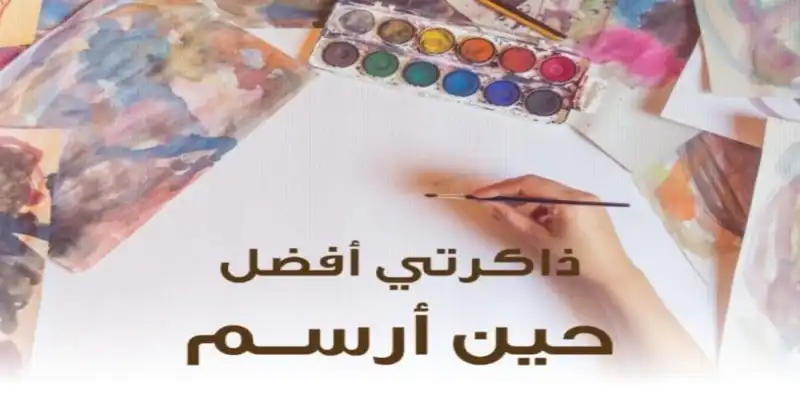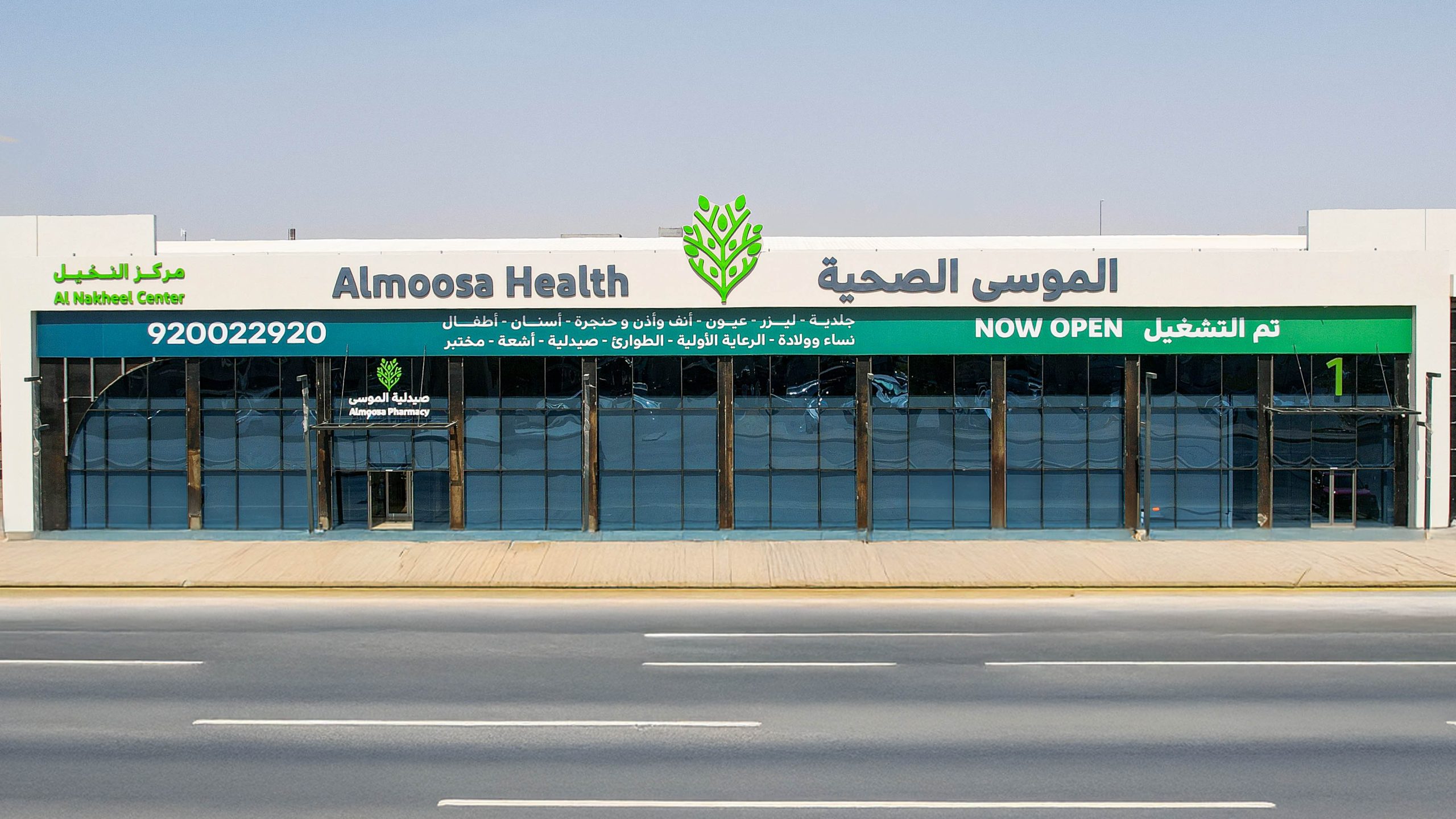

It has long been known that drawing something helps a person remember it. Drawing is superior to reading or writing activities because it forces the person to process information in multiple ways: visually, kinesthetically, and semantically.
The title of a recent documentary film, “My Memory Is Better When I Draw,” summarizes what research has proven day after day of drawing on cognitive abilities. The film shows how drawing stimulated people’s memories with dementia and enabled them to restore their connection with the world. But it seems that this positive effect is not limited to people with dementia, studies have shown that art may be part of treating patients with depression, anxiety, and even cancer, as it allows them to express themselves and their thoughts
The practice of art has also been associated with improved memory, critical thinking, and flexibility. In healthy elderly.
Contrary to what you might think, this therapeutic effect does not depend on a person’s artistic talent or skills.
Consultant psychiatrist and head of the Neuroscience Center at Almoosa Specialist Hospital, Dr. Sherif Saad- Says, “Benefit is related to the artistic process and ways to stimulate thinking itself, not the final product or painting.”
The Healing Power of Art.
How Art Heals?
Art is healing because it forces you to forge a connection between your mind and your body. Unlike exercise, which works your body, or meditation, which clears your mind, art-making accesses both mind and body to promote healing. Every time you sit down to write a song or paint a picture, you’re using mental processes in a physically engaging activity.
There is a variety of artistic tools available, from acrylic colors to iPads for people undergoing cancer treatment, and some examples at Harvard University’s Massachusetts General Hospital have proven this. The hospital previously worked with former soldiers and Alzheimer’s patients; drawing helped them get over their diseases quickly and enjoy their hospital stay.
Dr. Sherif Saad stated that art has always been able to help people in difficult times, even those who spend most of their free time without specific activities. The doctor adds: “Working with a trained art therapist gives patients a way to express themselves in a safe environment, which paves the way for their transition to the next stage of treatment safely. “
The protective effect of art
In addition to the healing abilities of art, this treatment method has been shown to have a preventive effect. Recent research indicates that engaging in creative art practice appears to effectively protect from cognitive impairment more than just an artistic appetite for it. It included people over the age of 70; those who participated in craft projects were less likely to develop cognitive impairment as they age than those who read books.
A 2014 German study that included two groups of retirees found that the group that practiced painting and sculpture showed more significant improvement in spatial perception and emotional flexibility compared to the other group that attended only artistic classes.
also like









